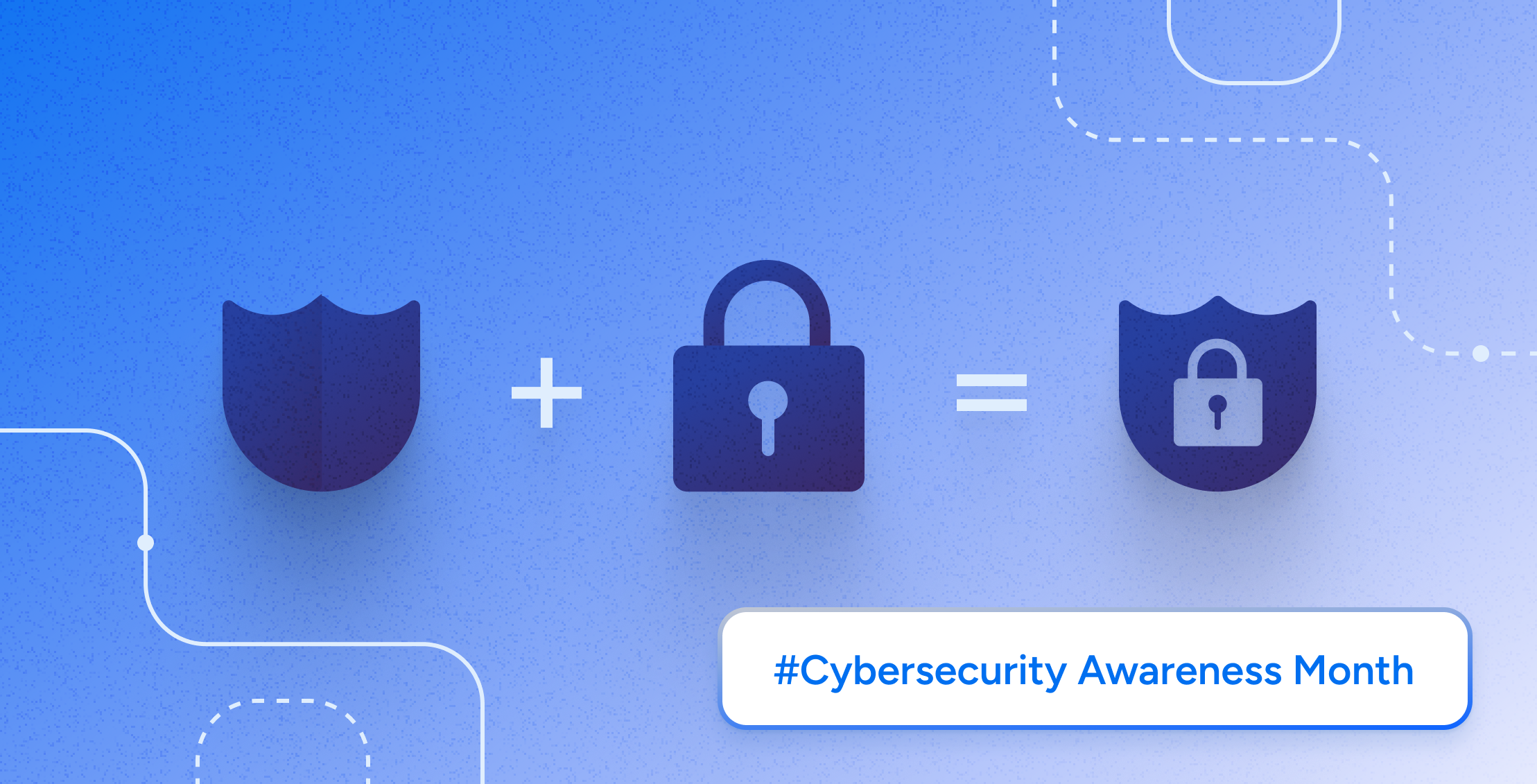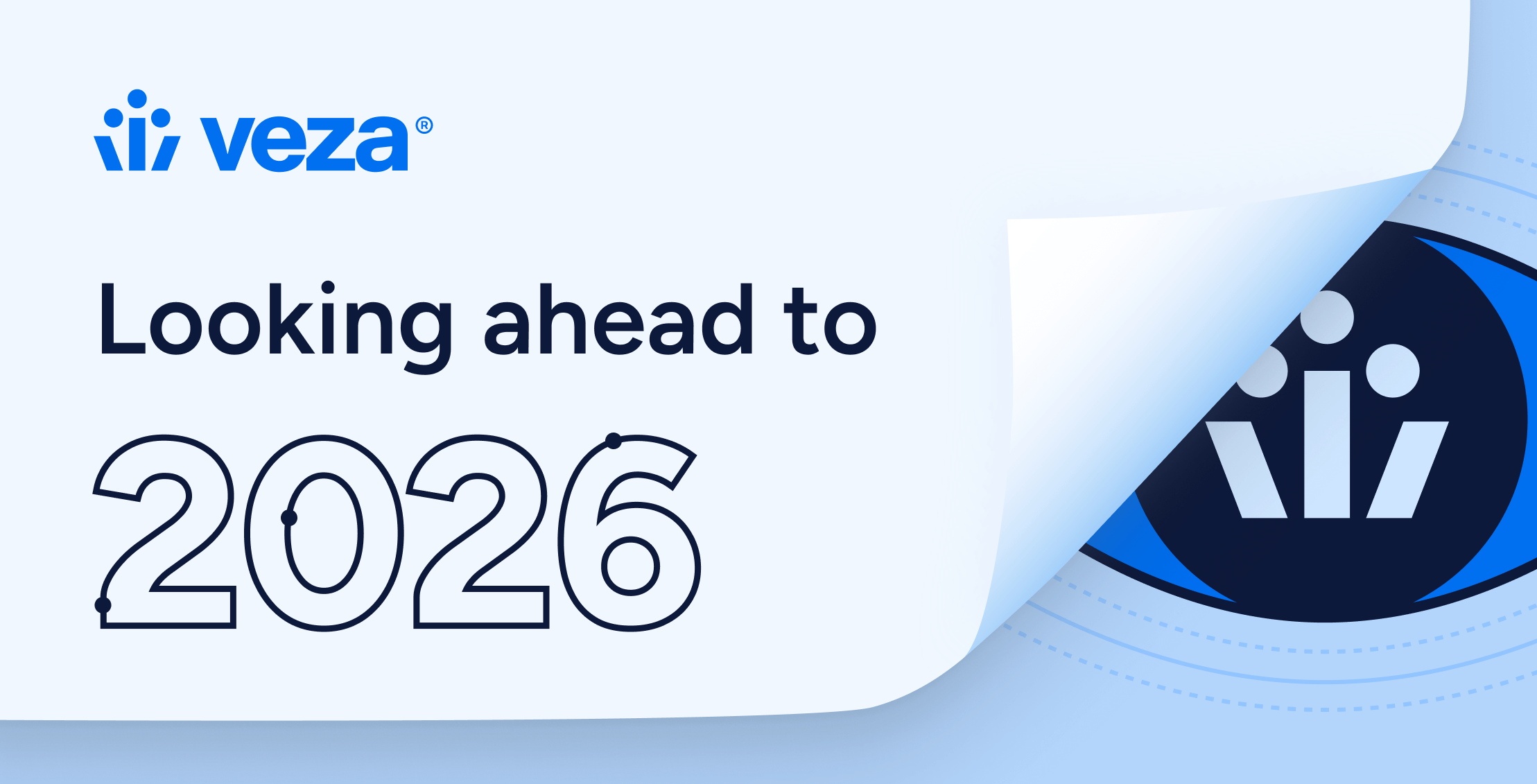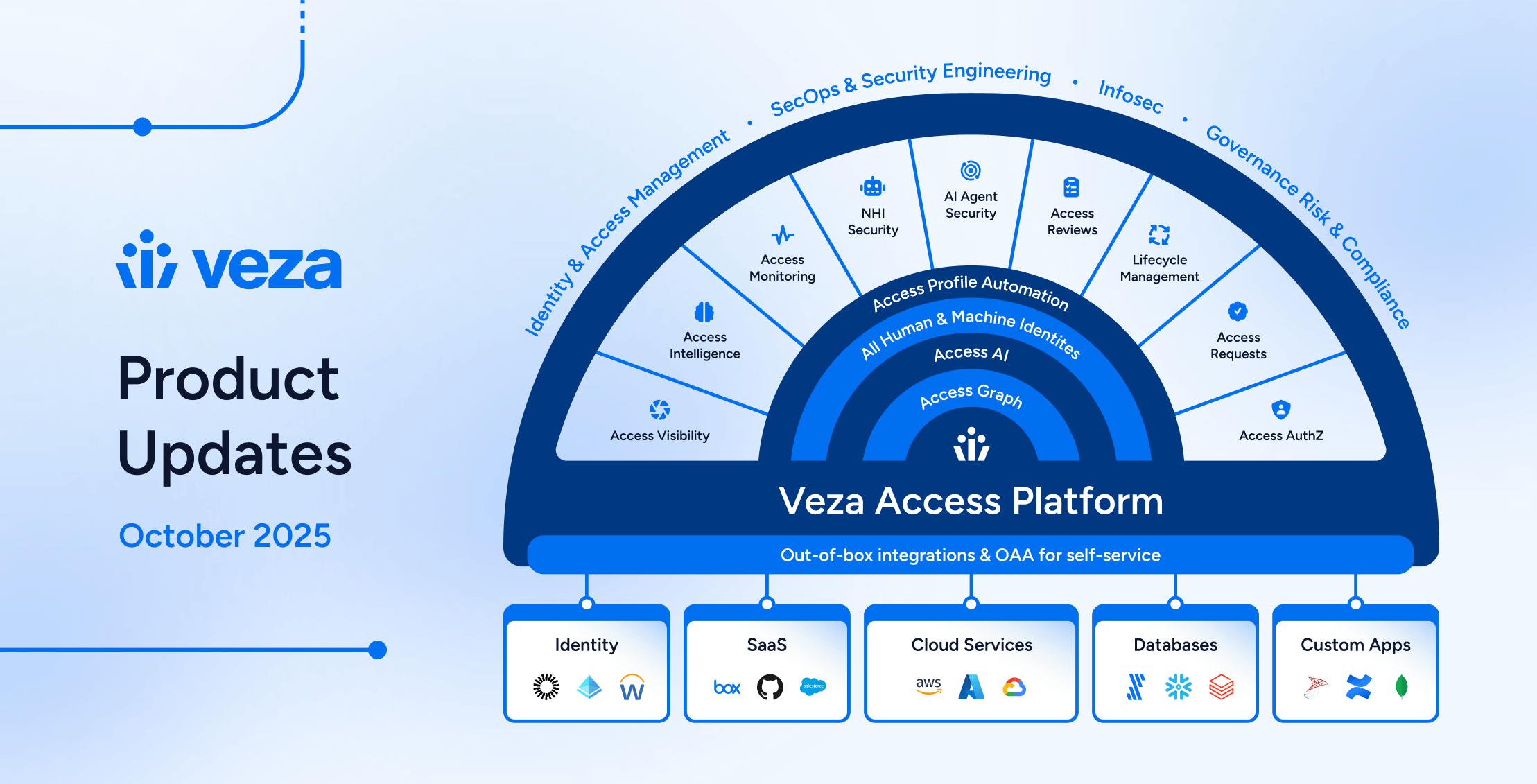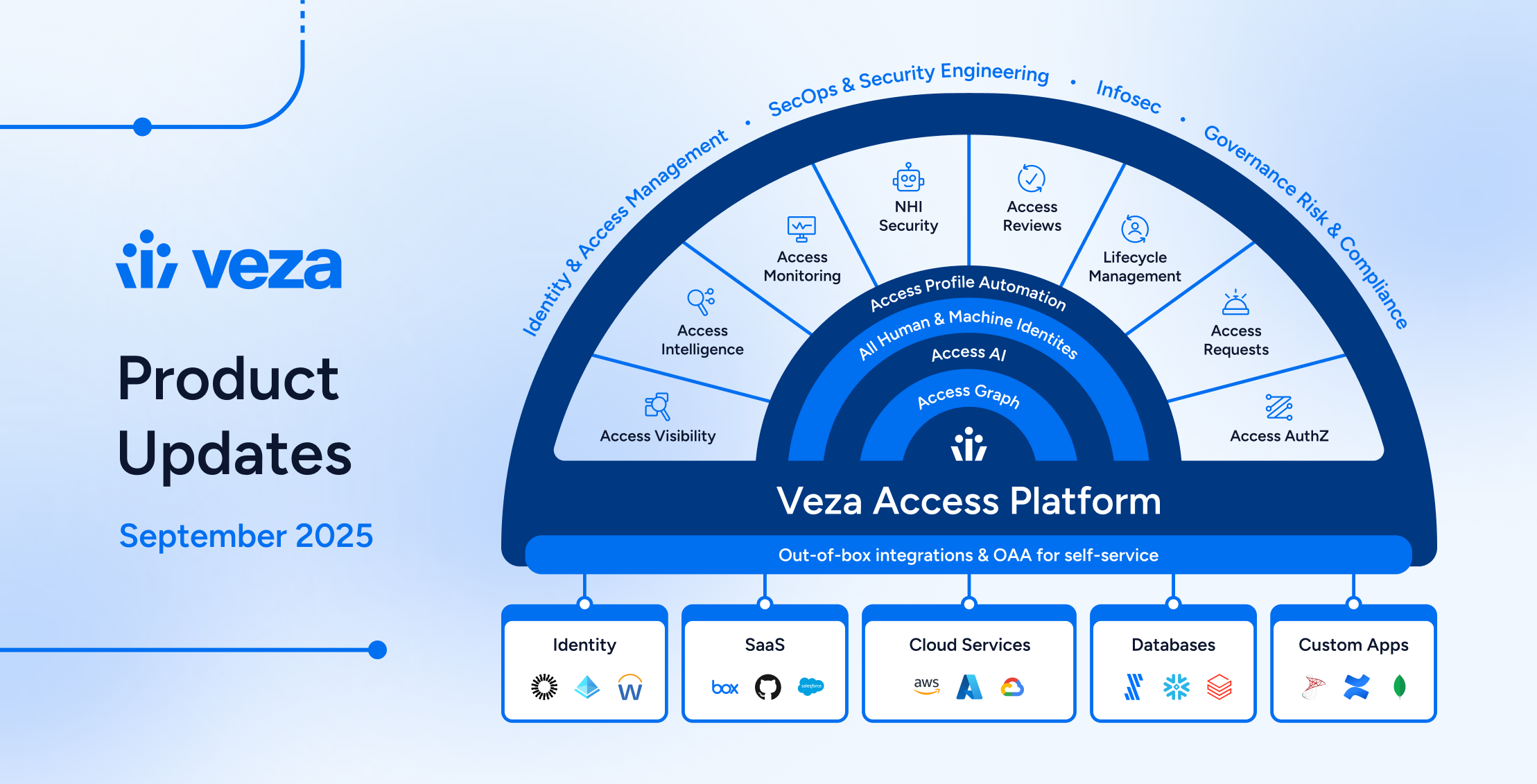
As we celebrate Cybersecurity Awareness Month, it’s crucial to spotlight one of the most fundamental yet often overcomplicated aspects of security: access control. In our rush to implement cutting-edge security measures, we sometimes overlook this basic principle: data and systems are best protected when only the right people have access to them.
The Complexity Trap
In the cybersecurity world, we have a tendency to make things complicated. We pile on layers of security tools, implement intricate policies, and create labyrinthine processes. While these measures are often necessary, they can obscure a simple truth: effective access control is at the heart of good security.
As Leonardo da Vinci once said, “Simplicity is the ultimate sophistication.” This rings especially true in cybersecurity, where the most effective solutions are often the most straightforward.

The Power of Simplicity
At its core, access control is about ensuring that the right people have the right access to the right resources at the right time. It’s about implementing the principle of least privilege – giving users only the access they need to do their jobs, and nothing more.
This concept isn’t new, but in today’s complex digital landscape, it’s more important than ever. With the proliferation of cloud services, digital and data platforms, and interconnected systems, managing access effectively has become both more crucial and more challenging.
Albert Einstein famously stated, “Everything should be made as simple as possible, but no simpler.” This principle applies perfectly to access control in cybersecurity.
The Challenge of Modern Access Control
Traditional identity and access management (IAM) tools often struggle to keep up with the dynamic nature of modern IT environments. They can be slow to adapt, difficult to manage, and often lack visibility into the true state of access across an organization.
This is where innovative approaches, like those built upon a graph data model, come into play. By focusing on authorization as the truest form of identity and leveraging permissions metadata, we can gain a clearer picture of who has access to what – and why.
The True Drivers of Access: Beyond Authentication
When we think about access control, it’s easy to focus solely on authentication – the “front door” of our systems. We invest heavily in multi-factor authentication, single sign-on solutions, and robust identity verification processes. While these are crucial components of a strong security posture, they only tell part of the story.
The often-overlooked truth is that permissions and entitlements are the real drivers of access within our systems. Once a user is authenticated and inside the platform, it’s their specific permissions that determine what they can actually do, see, or modify.
Consider this analogy: Authentication is like getting through airport security, but permissions are your boarding pass that determines which flight you can board and where you can sit.
Why Permissions Matter More Than Ever
In today’s complex digital ecosystems:
- Granular Control: Permissions allow for fine-grained access control, essential in environments where roles and responsibilities are fluid.
- Least Privilege in Action: Proper entitlement management is how we actually implement the principle of least privilege.
- Risk Mitigation: Overly broad permissions are often the root cause of data breaches and insider threats.
- Compliance: Many regulatory frameworks require detailed management and auditing of user permissions.
- Dynamic Environments: In cloud and microservices architectures, permissions often change rapidly and need constant monitoring.
The Challenge of Visibility
The challenge lies in gaining comprehensive visibility into these permissions across diverse systems. Traditional IAM tools often fall short, providing only a surface-level view of access rights and focusing on operations and service levels.
This is where advanced solutions come into play. By focusing on permissions metadata and understanding the intricacies of authorization across various platforms, we can build a true picture of who has access to what – and more importantly, whether that access is appropriate.
Shifting Our Focus
As we continue to evolve our cybersecurity strategies, it’s crucial to shift our focus beyond just securing the front door. We need to dive deep into the permissions and entitlements that truly define access within our systems. Only by understanding and managing these effectively can we hope to achieve true least privilege and robust security in our increasingly complex digital landscapes.
Putting Least Privilege Within Reach
The goal is to make least privilege not just an aspiration, but a practical reality. This means:
- Visualizing access across the entire organization
- Understanding what access is actually being used
- Quickly identifying and remedying inappropriate or excessive access
- Empowering both security teams and business users to make informed access decisions
As Steve Jobs once remarked, “Simple can be harder than complex: You have to work hard to get your thinking clean to make it simple.” This perfectly encapsulates the challenge and importance of implementing least privilege.
The Role of AI in Simplifying Access Control
As we look to the future, artificial intelligence and machine learning are set to play a crucial role in simplifying and strengthening access control. These technologies can help us:
- Continuously monitor and remediate access issues
- Recommend appropriate roles and permissions
- Investigate access patterns more efficiently
A Call to Action
This Cybersecurity Awareness Month, I challenge us to take a fresh look at our respective organization’s approach to access control. Are we making things more complicated than they need to be? Are we truly implementing the principle of least privilege?
Remember, effective cybersecurity doesn’t always mean adding more complexity. Often, it’s about getting back to basics and doing the simple things well. By focusing on robust, intelligent access control, we can significantly enhance our security posture while reducing complexity and operational overhead.
To paraphrase Antoine de Saint-Exupéry, “Perfection is achieved, not when there is nothing more to add, but when there is nothing left to take away.” In cybersecurity, and particularly in access control, this principle can guide us towards more effective and manageable solutions.
Let’s commit to making access control a cornerstone of our cybersecurity strategies. After all, in the world of security, sometimes less really is more.





